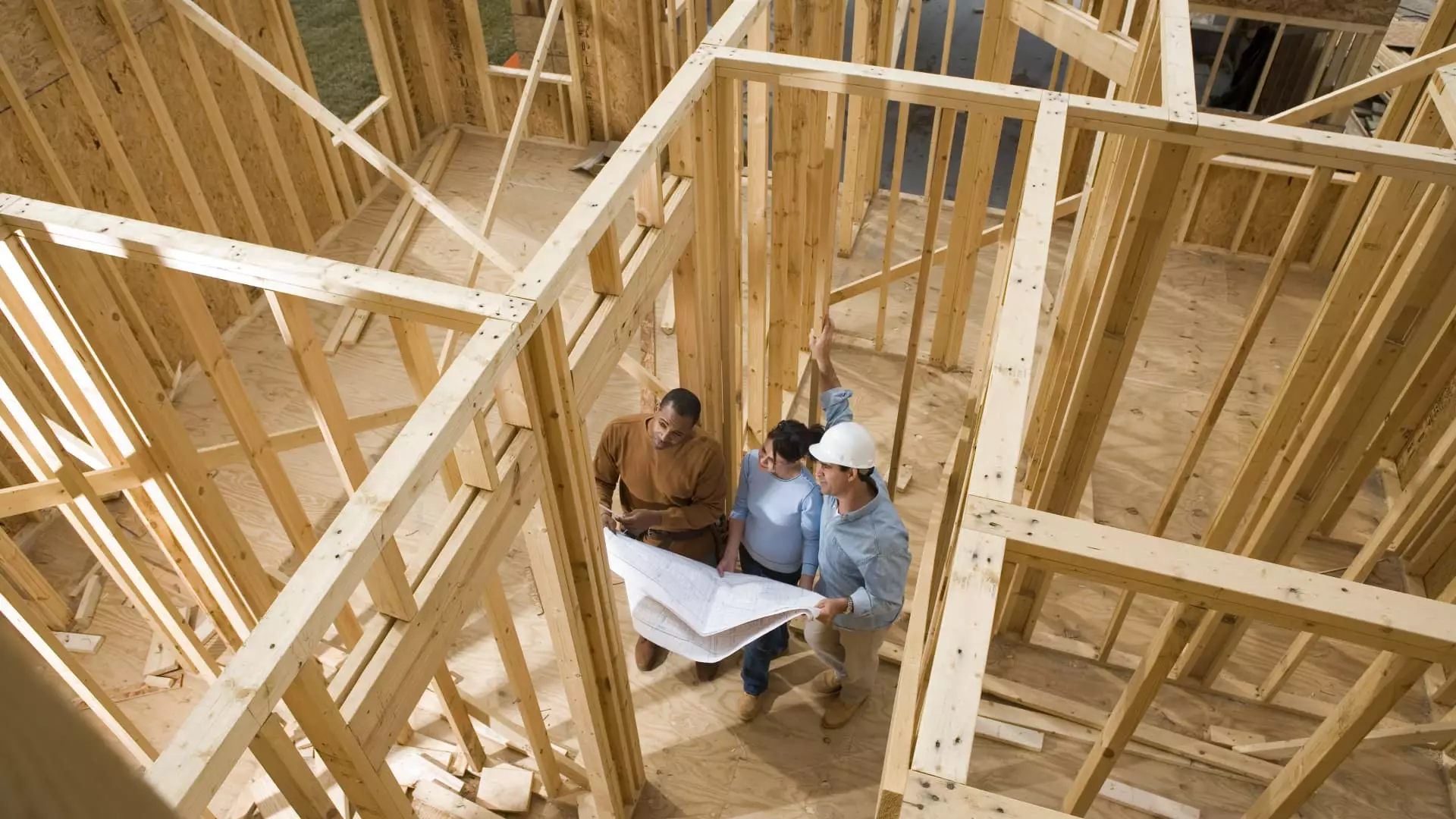New homeowners often face unexpected financial surprises, but those purchasing newly built homes may be particularly susceptible to sticker shock when it comes to property taxes. According to a survey from Real Estate Witch, nearly three-quarters of recent homebuyers expressed regrets about their purchase, with property taxes being the most common source of discontent, surprising 33% of new owners. The initial property tax rates for new builds are often based on estimates, leading to potential dramatic changes after purchase. This can be especially challenging for homeowners who have already stretched their budgets to afford a home in the current market.
The market for newly built homes is on the rise, comprising 30% of the current market compared to the typical 10% to 20%. As more buyers turn to builders for their home purchases, it is crucial for potential owners to understand how costs might increase even just a year after the purchase. Experts warn that buyers need to recognize that real estate taxes are not static and can change on an annual basis, leaving homeowners with little control over the fluctuations.
Unlike previously owned homes, newly built properties lack a tax bill because there is no house to assess yet. Mortgage lenders often use older tax rates from the area or estimated tax rates to calculate the owner’s monthly payment. The calculation can vary among lenders, with some using a percentage of the sales price of the home for property taxes, while others multiply one-third of the sales price by the local tax rate to determine estimated taxes. Initially, homeowners pay the estimated property tax rate into escrow, but eventually, the county office will assess the value of the new house to determine the actual property tax rate.
Property taxes are subject to reassessment by the county office, especially for new construction. Homeowners may find themselves with a shortage in their escrow account if the assessed property tax rate is higher than expected. In such cases, the lender usually pays the owed taxes, and the homeowner repays the lender through an increased mortgage payment to cover the difference. It is important for buyers to understand the reassessment cycle in the area they are purchasing and to consult with local experts who can provide insight into potential tax changes.
Potential homebuyers should do their homework and understand the property tax reassessment process in the area they are considering. Consulting with a local loan officer and researching similar properties in the neighborhood can provide valuable insights into potential tax increases. While looking up real estate tax information online can offer some guidance, it is essential to remember that the listed taxes are what the current owner pays, not necessarily what the new owner will pay. Taking these precautions can help buyers avoid unpleasant surprises and better prepare for the hidden costs of purchasing a newly built home.

